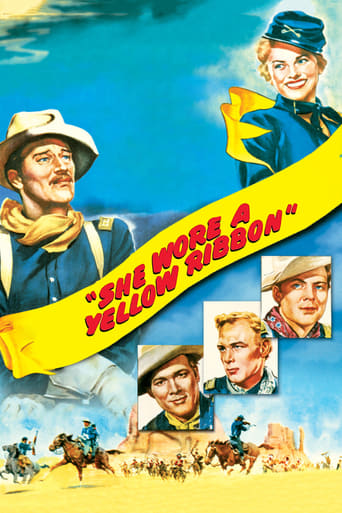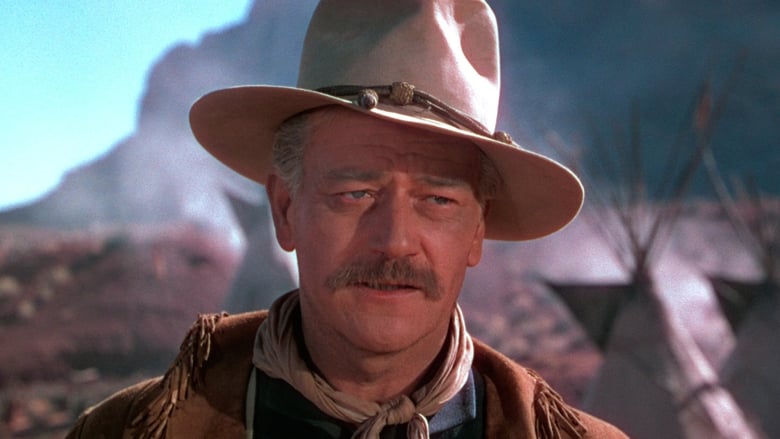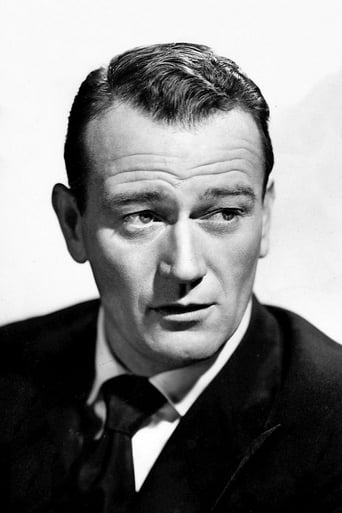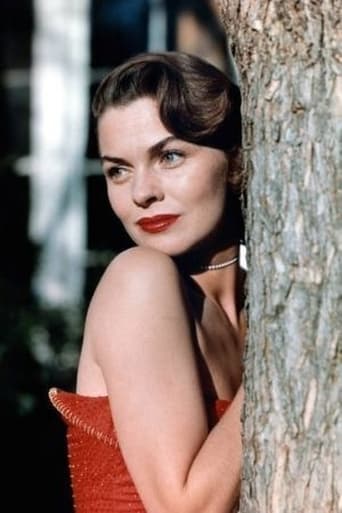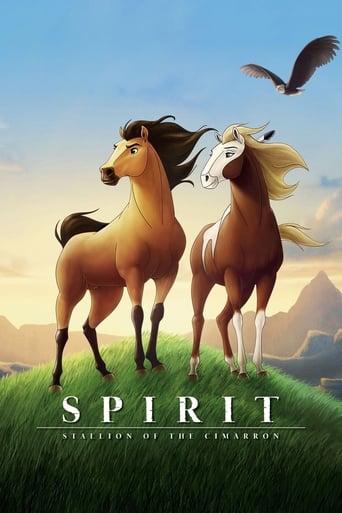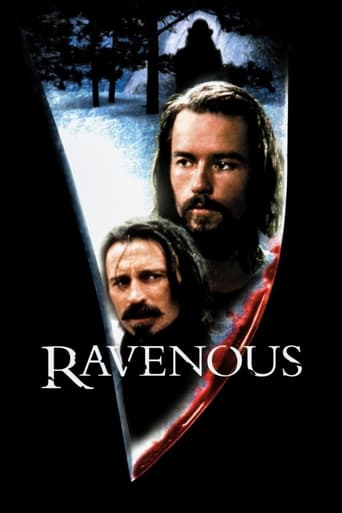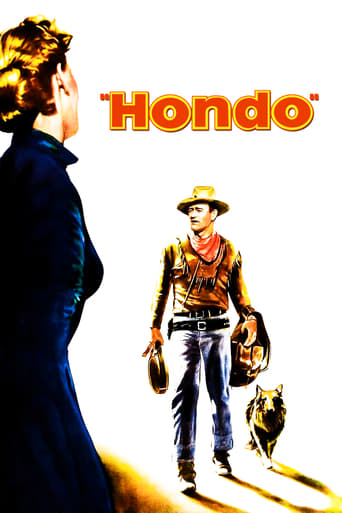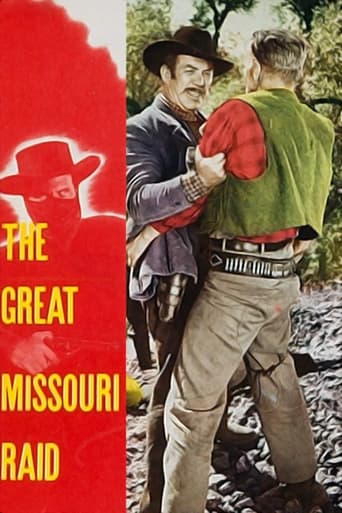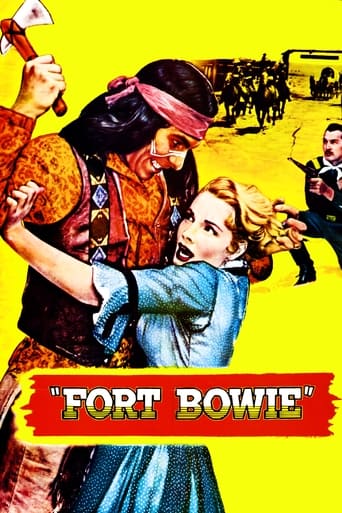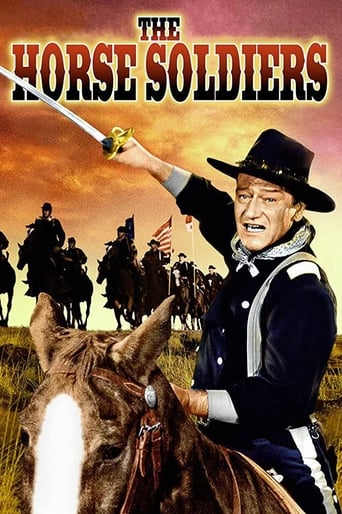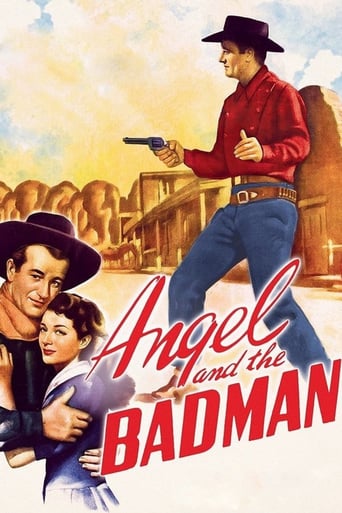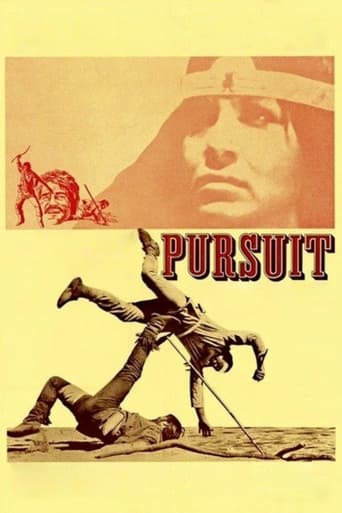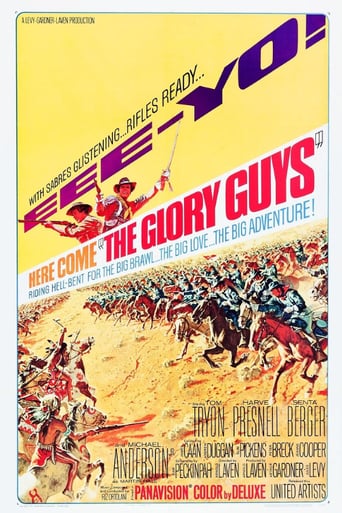She Wore a Yellow Ribbon (1949)
On the eve of retirement, Captain Nathan Brittles takes out a last patrol to stop an impending massive Indian attack. Encumbered by women who must be evacuated, Brittles finds his mission imperiled.
Watch Trailer
Free Trial Channels
Cast


Similar titles
Reviews
SERIOUSLY. This is what the crap Hollywood still puts out?
One of my all time favorites.
The movie's neither hopeful in contrived ways, nor hopeless in different contrived ways. Somehow it manages to be wonderful
It is a whirlwind of delight --- attractive actors, stunning couture, spectacular sets and outrageous parties.
Executive producers: John Ford, Merian C. Cooper. An Argosy Pictures Production, released through RKO-Radio Pictures. Copyright 26 July 1949 by Argosy Pictures Corp. New York opening at the Capitol: 17 November 1949. U.S. release: 22 October 1949. U.K. release: 8 May 1950. Australian release: 25 May 1950. 9,514 feet. 105 minutes. SYNOPSIS: Cavalry captain enters his last week of service before retirement. Encouraged by Custer's defeat, the various Indian tribes join together to fight their common enemy: the white man. NOTES: Hollywood's most prestigious award went to Winton C. Hoch (only) for Best Color Cinematography of 1949, defeating The Barkleys of Broadway, Jolson Sings Again, Little Women, and Sand. Locations in Monument Valley, Utah. Shooting commenced early November 1948, winding up early December 1948. COMMENT: A terrific film - except for one thing: the unconvincing slapstick involving Victor McLaglen. This seems pretty artificial when it starts (even though it does serve a useful purpose in providing necessary background information), but gets progressively less bearable until culminating in a ridiculous brawl. Fortunately, aside from the climactic all-in, these contrived scenes fail to spoil the picture as a whole. They could in fact easily be eliminated (though it would mean the loss of Francis Ford's part). Otherwise, script, locations, action and acting are absolutely perfect. Wayne, in a character role, gives the best performance of his career. With the exception of the hammy McLaglen, he's given solid support too, with memorable cameos from Tom Tyler as an injured corporal, Rudy Bowman as the dying Trooper Smith, and Chief John Big Tree as the conciliatory Pony That Walks. Amongst the principals, John Agar (Mr Shirley Temple at the time) is adequate enough, Ben Johnson is better, whilst Mildred Natwick is outstanding. But I thought the most winning portrayal came from the beautiful, talented but much under-rated Joanne Dru. Although he had worked with cinematographer Hoch on his immediately previous Three Godfathers, producer-director Ford was unhappy with the amount of time Hoch (a technical perfectionist) took to light his locations whilst cast and the rest of the crew broiled in the desert sun. A showdown came when Ford ordered Hoch to continue shooting during a thunderstorm. Hoch filed an official complaint with his union, alleging that the likely sub-standard photographic quality of the shots would damage his reputation. To Hoch's amazement, the executive board of the American Cinematographers Society sided with Ford, saying the director was within his rights to insist that photography be attempted even though lighting and other conditions may have been unfavorable. Hoch protested vehemently and even canvassed the option of tendering his resignation, when he was hit with a second surprise. His photography captured the Society's award for the best color work of the quarter and subsequently went on to win America's most prestigious award for Best Color Photography for 1949. The thunderstorm sequence was singled out for praise. Belatedly realizing that outstanding photography does not result from mere technical perfection but from an artistic creativity that on occasion involves the taking of risks and bending of rules, Hoch thanked Ford profusely for forcing his hand and expressed the desire to work with the director again. Ford took Hoch at his word, assigning him to The Quiet Man (1952), for which Hoch won yet another award from The Academy of Motion Picture Arts and Sciences!
USA 1949 English (Colour); Western (RKO); 103 minutes (PG certificate)Crew includes: John Ford (Director); Frank Nugent, Laurence Stallings (Screenwriters); John Ford, Merian C. Cooper (Producers)Cast includes: John Wayne, Joanne Dru, John Agar, Ben Johnson, Harry Carey, Jr., Victor McLaglen, Mildred Natwick, George O'Brien, Arthur ShieldsAcademy Award: Cinematography - ColourThe final mission of a retiring cavalry captain (Wayne) is complicated by his being tasked to deliver to safety his commanding officer's wife and her niece (Dru), the latter a distraction for two rival army lieutenants.Playing 20 years older (he was 41), one of Wayne's more affecting performances; McLaglen memorable as a drunken sergeant.
John Ford's "She Wore A Yellow Ribbon" is probably my favourite movie of all time and the recent release of a fully-restored Blu-ray version prompted me to write this review.I first saw it in the 1950s as a small boy, while on school holidays in a seaside town with my grandmother. The title didn't sound at all promising, so I was very pleasantly surprised and enjoyed nearly every minute of it.John Wayne puts in one of his best performances and the cast is filled out with enough Ford regulars – Ben Johnson, Harry Carey, Jr, Victor McLaglen – to guarantee the movie doesn't disappoint.I really don't know if it's a masterpiece or just a piece of cynical Cold War propaganda . . . that ain't my department, but I loved it 60 years ago and I love it now.Yes, it's sometimes corny and overly sentimental, but it holds true to the principles that decent men and women strive to live by.I also have a snippet of trivia related to the film. There's a scene at about the 24-minute mark when the cavalry column passes through the gate of Fort Starke and some of that very same sequence was used towards the end of MGM's "Ride, Vaquero" (at about the 77-minute mark). A wide shot of Fort Starke and clip of the cavalry crossing the river also turns up in the 1953 MGM film.
Every viewing of this wonderful movie seems to reveal an interesting, purposeful detail, so small and subtle in its message,but unnoticed in previous viewings. For example, in the early scene where John Wayne is kneeling at his wife's grave, right behind him is another grave marker with the name B. DeVoto. Bernard DeVoto was one of our foremost historians of our western settlement. His "1846, The Year of Decision" is a classic. I can't help but think John Ford was trying to give DeVoto some recognition (that name is not one you just would not pull out the sky for a grave marker). Well, maybe that was a macabre way do it as DeVoto did not die until 1955, 6 years after the movie.Another interesting detail concerned the "indians" horseback riding. True western indians rode bareback mostly, but some had makeshift saddles. But none had stirrups. It's extremely hard to gallop a horse without stirrups. In this movie, where you had a direct view of the side of the Indian's horse, you could see that the indians were using stirrups, but they were camouflaged/covered with cloth. A lot of westerns don't go into that much detail.

